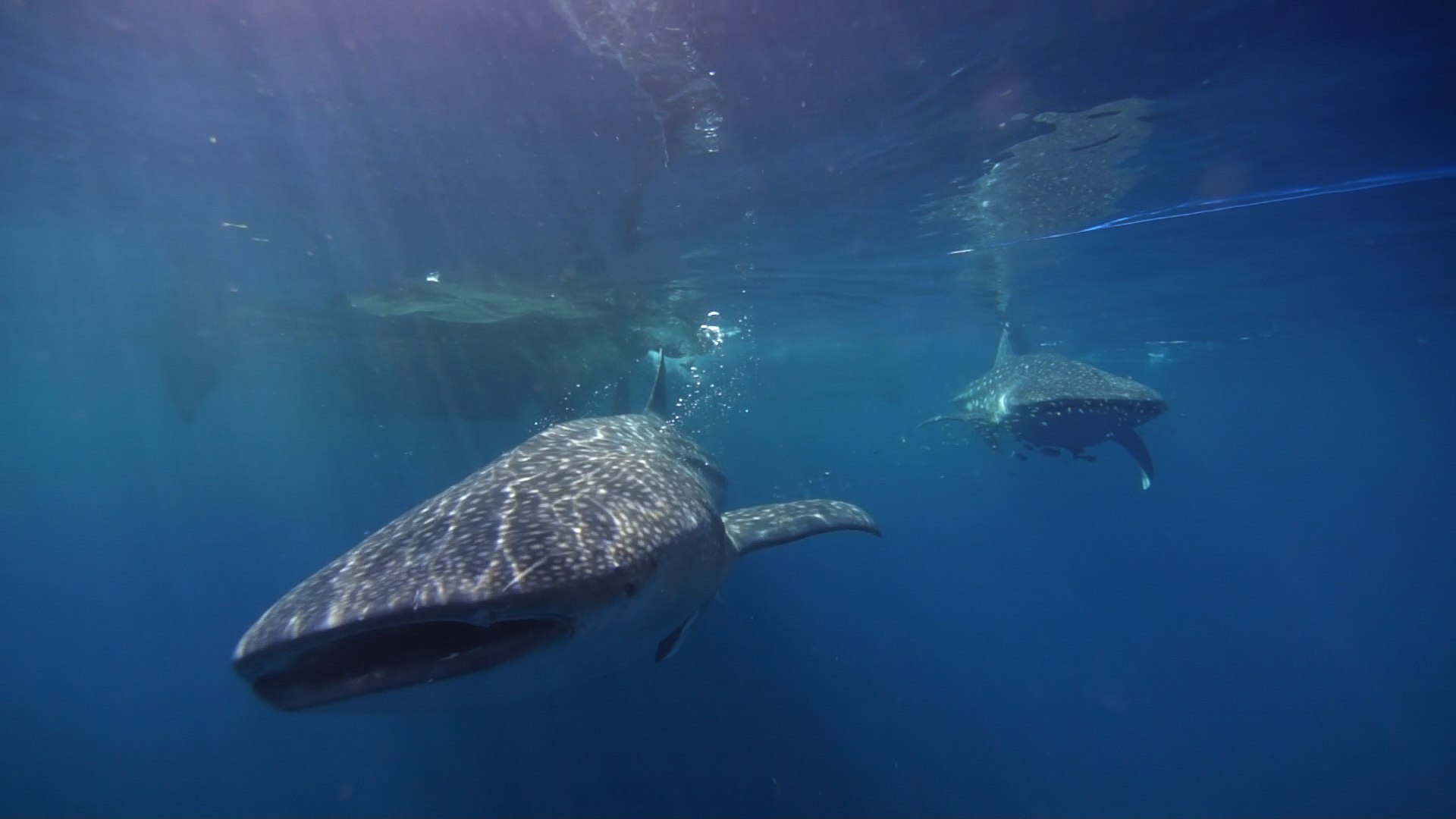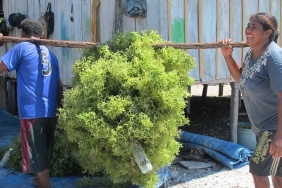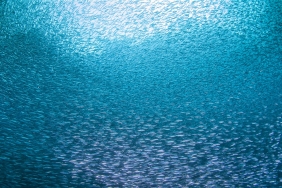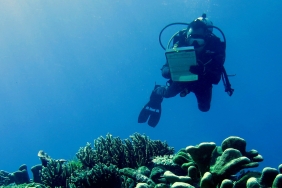GOODBYE, WHALE SHARK...
""The whale shark is dead,"" read a text message from one of my colleagues on Tuesday (10/2) afternoon. Instantly my heart seemed to stop beating for a moment, then pounded hard.
The woman next to me suddenly woke up. Her cell phone vibrated, indicating a new message. It probably contained the same information, I thought.
The look on the face of Dwi Suprapti, WWF Indonesia's Marine Species Conservation Coordinator, changed. Her gaze lingered on her phone screen for a long moment, before she finally turned to me with a questioning look.
A quick glance at the message on his cell phone left me with a shrug. I didn't want to comment further. The atmosphere in the car became somber. There was unspoken anxiety during the four hours of travel time from Juanda Airport in Surabaya to Paiton.
For about a week, the name of one of the sub-districts in Probolinggo Regency, East Java, has been on my mind. Perhaps because we knew that there, since January 31, a whale shark (Rhincodon typus) was still waiting to be rescued. Until Monday (9/2), the animal, whose body length is about 6 meters, was still reported to have surfaced several times in a canal of the Paiton Steam Power Plant (PLTU) intake.
The news of the death of the animal, which is protected by various government regulations, is still hard for me to believe. The Great Gentle Giant finally succumbed in despair. (Read: Sharks and Manta Rays Now Officially Protected)
Evacuation at Paiton power plant
The whale shark in the Paiton power plant canal was thought to have been dead since eight hours before its discovery by one of the company's staff. The animal was found attached to the filter fence in the Unit VII and VIII canal on Tuesday morning, February 10, 2015.
The evacuation process of the whale shark carcass took about 4-5 hours until 18:00 WIB, which is the time limit for activities within the PLTU complex. Dwi and I arrived at 20:00 WIB, where the death of the whale shark was immediately confirmed by Ikram M. Sangadji. Head of the Denpasar Center for Coastal and Marine Resources Management (BPSPL).
His face looks tired, as do Arie and Hadi, his assistants from the Faculty of Veterinary Medicine, Airlangga University. A lot had happened that Tuesday. We began to discuss in an increasingly bitter atmosphere.
Sadness over the death of the whale shark at the Paiton power plant was mixed with pity when several photos of the evacuation process were shown to me. There were several wounds on the male whale shark's body. The cause is still a mystery. but it has the potential to cause infection.
""One of the wounds extends inward on the upper part of the left side of the body, around the chest cavity,"" Arie said. ""Probably the wound was caused by a sharp object.""
That night we could only stare at photo after photo of the evacuation process, while starting to build assumptions because necropsy or veterinary surgery could only be done the next day.
Farewell to the Gentle Giant
To determine the exact cause of fish death microscopically, a team consisting of WWF-Indonesia, Jakarta Animal Aid Network and other partners returned to Paiton PLTU to conduct necropsies on Wednesday.
My mental state was tested from the moment I arrived at the necropsy site, as the odor grew more pungent as I approached the whale shark graveyard. This six-ton ocean-going behemoth lay withered on top of an earthen excavation that would become its final resting place.
We had to work fast as time was short. In just a few minutes, organ fragments were taken for histopathology analysis in the laboratory. It is hoped that the cause of death of the whale shark can be determined from the analysis.
It was not easy to capture the moments during the necropsy. Apart from the unfavorable weather, I also had to be mentally strong when I saw the Gentle Giant lying lifeless in front of me. His death is still a mystery. How did a whale shark get into the canal? Why would a whale shark be attracted to the canal? And one of the most important questions; Why did the whale shark die?
The sky was already quite dark when the necropsy was completed. As I gazed at the Giant's carcass for the last time, I hoped that the next time the whale shark I encountered would still be alive. I'm sure it must feel much better.
Goodbye, my gentle giant.
For now
Author: Sheyka Nugrahani Fadela - Marine Mammal Conservation Assistant





